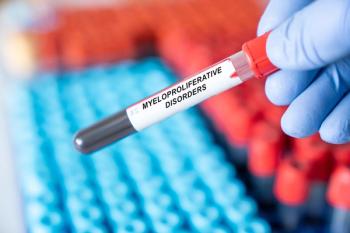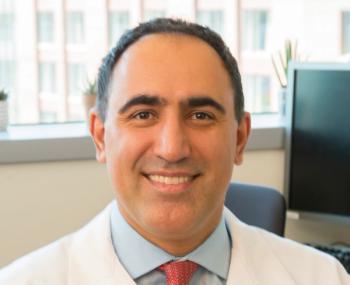
Dr Thorvardur Halfdanarson Outlines New, Exciting Developments in Treatment of NETs
Thorvardur Halfdanarson, MD, associate professor of medicine and consultant in medical oncology, Mayo Clinic, discusses peptide receptor radionuclide therapy and other new and exciting developments in the treatment of neuroendocrine tumors (NETs).
Thorvardur Halfdanarson, MD, associate professor of medicine and consultant in medical oncology, Mayo Clinic, discusses peptide receptor radionuclide therapy and other new and exciting developments in the treatment of neuroendocrine tumors (NETs).
Transcript
What are some new and exciting trials/developments in the treatment of neuroendocrine tumors?
There are several exciting developments. In terms of clinical trials, I like to break it down according to the different drug classes. So, as for PRRT, or peptide receptor radionuclide therapy, I think we have a couple of exciting trials. One is a trial comparing PRRT to everolimus. I think it will be really helpful in telling us how to sequence therapy. Right now, we have everolimus, which is an active drug, we have PRRT, which certainly is a very active treatment. But, we don’t necessarily know how to best sequence or line these 2 drugs up. So, I think that will be an important trial to get done.
Another trial is a PRRT study looking at a somatostatin antagonist, which has a higher affinity for somatostatin receptor; it essentially sticks to it better than the agonist does with lutetium 177 radionuclide. So, that is a phase 2 study looking at tolerability and with efficacy as a secondary endpoint. I think that will be an important study, too. So, that’s what going on for PRRT.
In terms of other drugs, probably the most important trial right now is an ALLIANCE study. It’s a phase 3 study of cabozantinib versus placebo. So, there are very encouraging phase 2 data from cabozantinib in both small-bowel NETs and pancreatic NETs reported at GI ASCO almost 2 years ago. So, I think that is a very natural choice for a phase 3 study.
And then, there are some other earlier phase trials with interesting compounds. Some recognizing the somatostatin receptors, and others targeting different parts of the NET cell machinery.
Newsletter
Stay ahead of policy, cost, and value—subscribe to AJMC for expert insights at the intersection of clinical care and health economics.













































